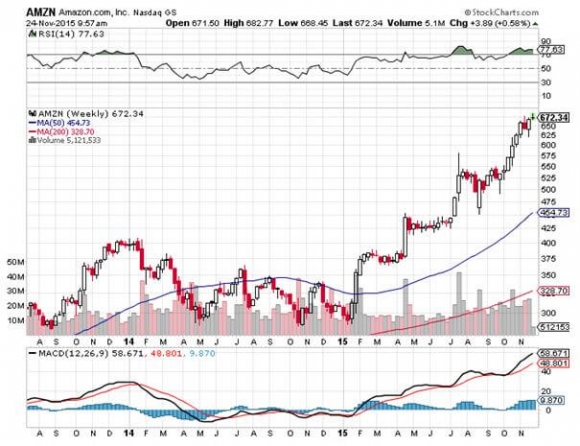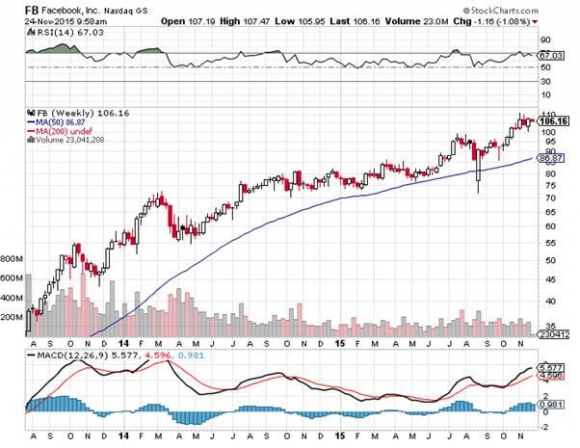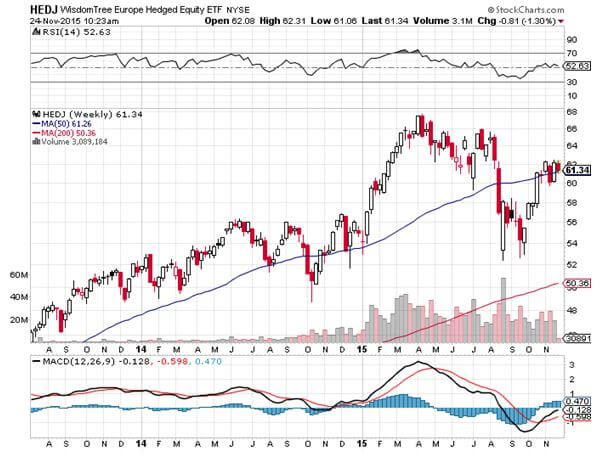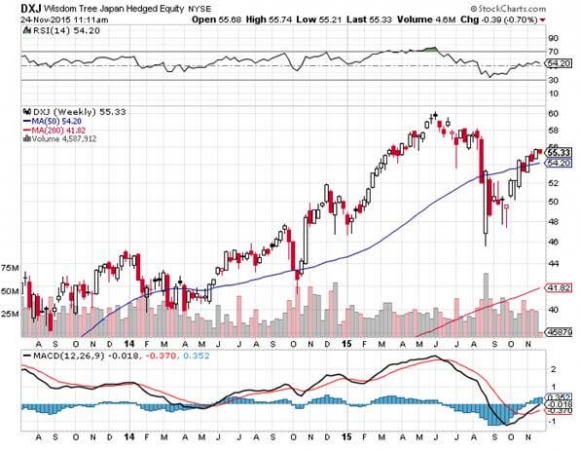Investors have certainly been beating their brains out in 2015 trying to make money on stocks.
You either owned Amazon, or you didn?t, which is up an eye popping 124% since January 1. And to participate, you had to initially pay a nosebleed 1,000 X price earnings multiple for the shares.
It really was a leap of faith.
Of course you could have substituted Facebook (FB) (+37%), or Netflix (NFLX) (+161%), and done just as well, or better.
Suffice it to say that unless you were into discount online retailing, social media, or video streaming, you didn?t have much to show for your efforts as an equity investor this year.
This is a stock picker?s market with a turbocharger and a supercharger.
It?s not like we?ve had a lot to work with on the earnings front. While profits are up modestly, S&P 500 revenues are down 3% so far in 2015.
Yes, if you strip out the ongoing disaster on the energy front, the picture doesn?t look so bleak, which is why the big cap index recently rocketed up to a zero return this year. But it is nothing like an economic boom.
And here is the really amazing thing. Some 50% of the companies in the S&P 500 have their shares down 20% or more.
We really have been in a stealth bear market for the past year, when the Federal Reserve ended quantitative easing (click here for Bring Back QE! ).
Which brings us to the burning question of the hour, over which financial advisors and portfolio managers everywhere are tossing and turning in their sleep.
What is the big equity play of 2016? How are we going to earn our crust of bread in these pitiful markets?
That?s an easy one.
For a start, take the continuing strength of the US dollar as the principal driver of financial markets next year.
With the Federal Reserve about to start raising interest rates for the first time in nine years, while the rest of the world is cutting, there is no other possible outcome.
More than that, governments in Europe and Japan are doing everything they can to win the race to the bottom in the currency wars.
We may not see the 11.5% appreciation against the Euro (FXE) that the dollar has clocked since January, or the more modest 3.6% pick up against the Japanese yen (FXY), buy rise the greenback will.
You therefore already know what the script is for all other asset classes for the next 12 months. For now, I?ll focus on equities.
I have been pounding the table over one basic fact in your investment lives, and will continue to do so.
YOU WANT TO KEEP YOUR MONEY IN COUNTRIES THAT ARE INCREASING QUANTITATIVE EASING AND OUT OF COUNTRIES THAT ARE ENDING IT!
Why not take the free lunch when it is being offered?
With currencies weakening in export oriented Europe and Japan, the companies in those countries will gain a price advantage that will boost their bottom lines. In Germany alone exports account for a hefty 50% of GDP.
This is great news for the share prices and stock indexes in those countries. But the only way you should invest abroad is to hedge out your currency risk. If you don?t, you?ll end up putting your money in a pocket that has a giant hole at the bottom.
This is conveniently done for you by the Wisdom Tree Europe Hedged Equity ETF (HEDJ) and the Wisdom Tree Japan Hedged Equity ETF (DXJ). Falling currencies in these two regions bring an increase in the value of these two funds.
This is not a new trend.
In my 2015 Annual Asset Class Review posted in January (click here), I forecast that stock markets in Europe and Japan would substantially outperform those in the US.
So far, that is exactly how it has played out. The (HEDJ) is up by 15% in 2015, while the (DXJ) has added 19%. Expect more of the same in 2016.
Now that we have answered the most important question of the day, we can get on with the more important things in life, like what is going to happen in the next episodes of Homeland, Walking Dead, and Orange is the New Black.







